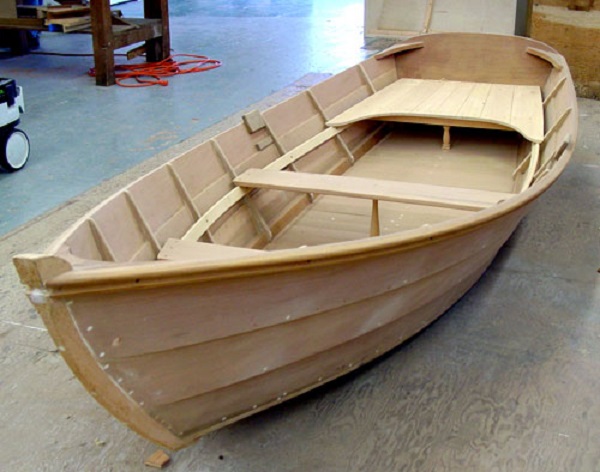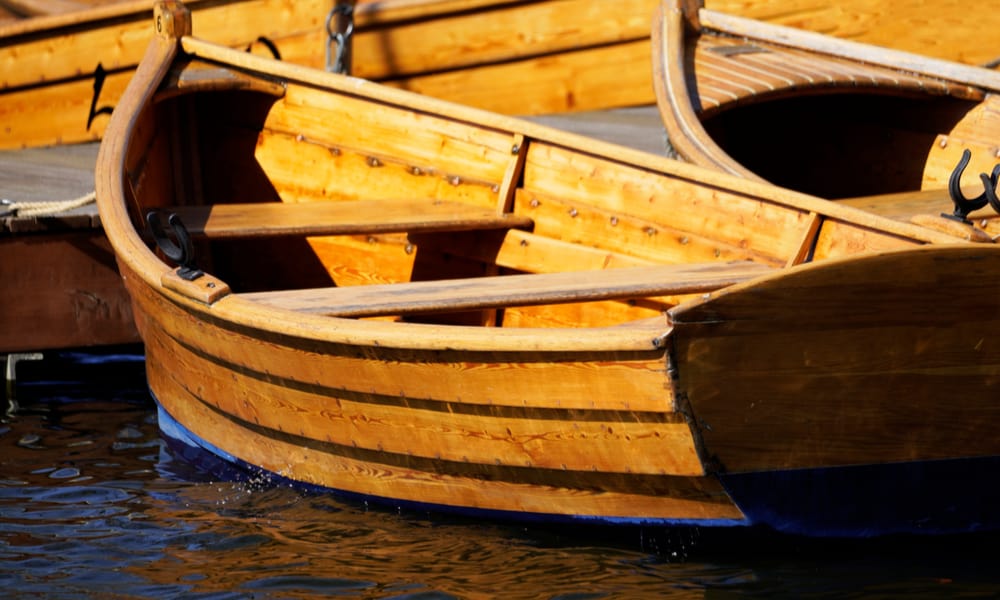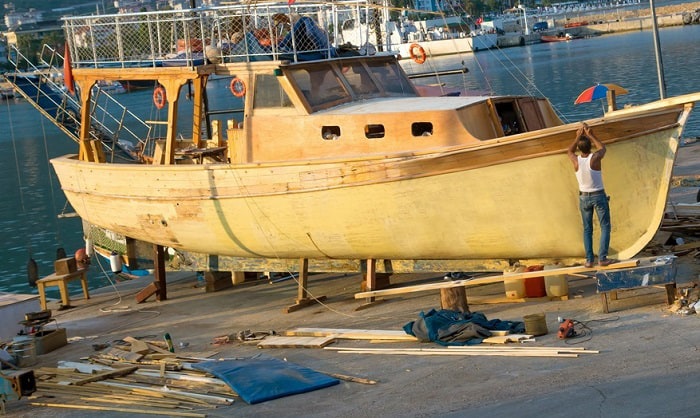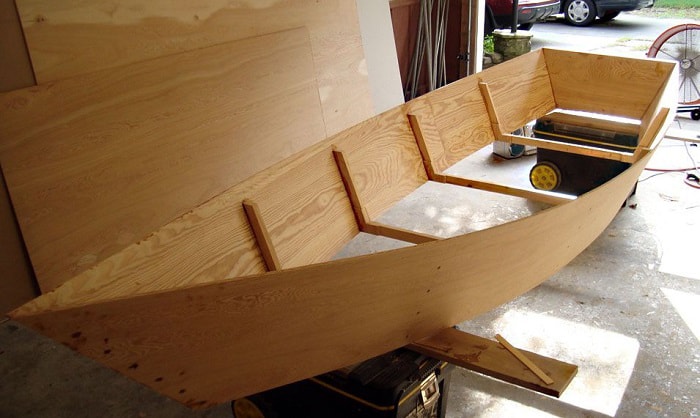Beyond the Plans: Unveiling Hidden Factors in Choosing Your Wooden Boat Kit
Building a wooden boat is a dream for many, a testament to craftsmanship and patience. Choosing the right kit, however, is often fraught with more complexities than simple plan comparisons. This article delves beyond the readily available advice, exploring often-overlooked aspects to help you navigate the selection process and build your dream boat with confidence.
Beyond the Species: Wood Sourcing and Sustainability
While most kits specify wood type (e.g., mahogany, cedar, oak), the source of that wood is rarely discussed. This is crucial, not just for the quality of the wood but also for ethical and environmental reasons.
Q: How can I ensure my kit uses sustainably sourced wood?
A: Look for certifications like the Forest Stewardship Council (FSC) label. This guarantees the wood comes from responsibly managed forests. Furthermore, contact the kit supplier directly and ask about their sourcing practices. Transparency is key. Don't hesitate to inquire about the origin of the wood and the company's commitment to sustainability. You might even be surprised to find a supplier who uses reclaimed wood, offering a unique and environmentally friendly option.
The Unsung Hero: Hardware and Fasteners
The plans might detail the wooden components, but what about the screws, bolts, and other hardware? These seemingly insignificant items are crucial to the boat's longevity and performance.
Q: What should I look for in the hardware provided, or what should I consider sourcing myself?
A: Avoid cheap, readily corroding metals. Look for marine-grade stainless steel or bronze fasteners. These are designed to withstand the harsh marine environment, preventing rust and ensuring a longer lifespan for your boat. If the kit doesn't include high-quality hardware, factor this into your budget and source it separately. This seemingly minor upgrade significantly impacts the vessel's resilience.
Beyond the Build: Post-Construction Considerations
Many focus solely on the construction phase. However, the ongoing maintenance and potential repairs are equally critical.
Q: How does the kit's design affect long-term maintenance?
A: A well-designed kit will incorporate features that simplify future maintenance. Consider aspects like access to internal components for repairs, the use of easily replaceable parts, and the overall complexity of the design. A simpler, more robust design often means easier and cheaper maintenance in the long run.
Real Story: The Case of the "Leaky Legacy"
A friend opted for a seemingly inexpensive kit, only to discover that the hull design was prone to leaks. The resulting repair costs far exceeded the initial savings. This underscores the importance of researching the kit's reputation and potentially seeking reviews from other builders before committing. Online forums and woodworking communities are invaluable resources for gaining insights into the long-term performance of different kits.
The Hidden Costs: Beyond the Kit Price
The kit price is just the starting point. Several hidden costs often surprise new builders.
Q: What are some often overlooked expenses related to building a wooden boat kit?
A: These include:
By considering these often-overlooked factors, you can choose a wooden boat kit that aligns not only with your building skills but also with your long-term goals, ensuring a rewarding and sustainable building experience.
























